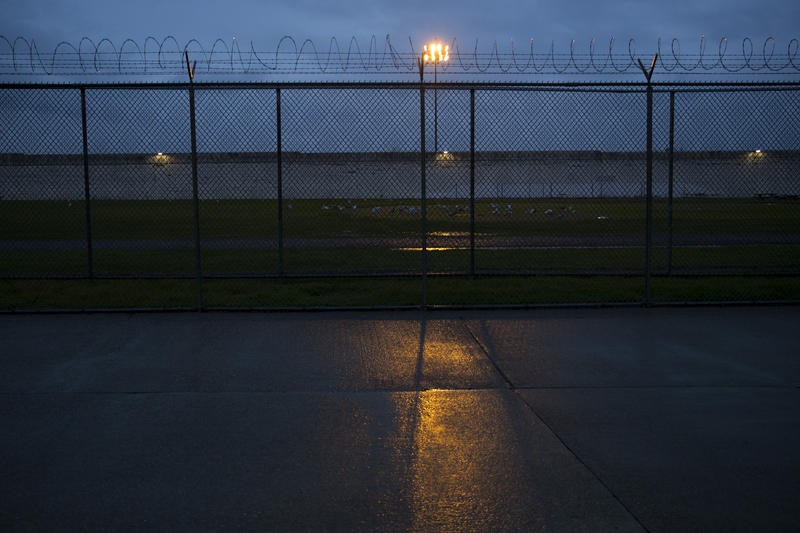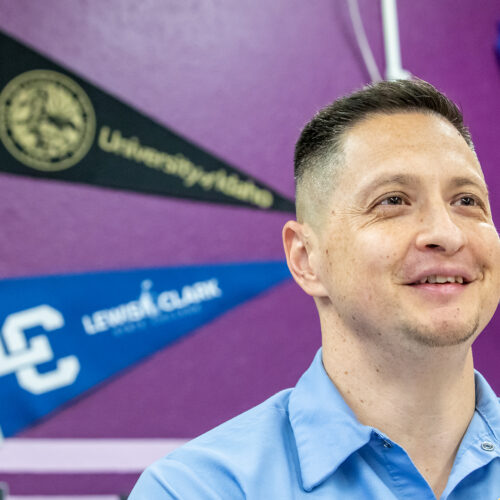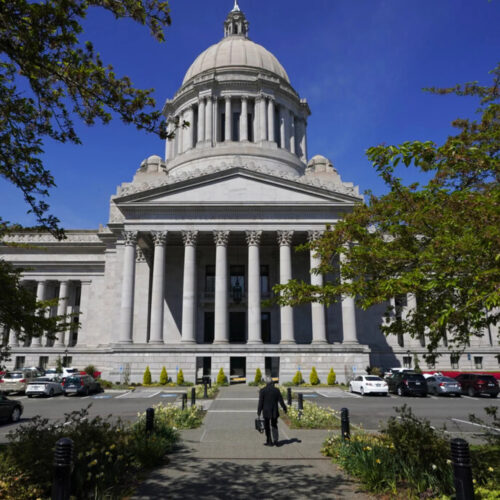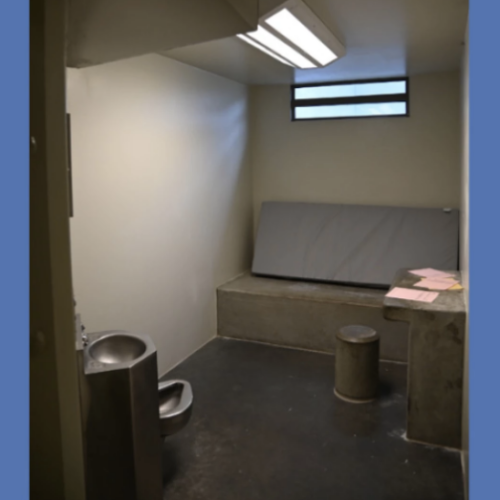
Nearly 1,000 Washington Inmates Will Be Released To Make Room For More Social Distancing
READ ON
BY ASHLEY HIRUKU / KUOW
Gov. Jay Inslee announced Monday that Washington state intends to release up to 950 inmates confined in Washington state prisons — a reduction of about 6 percent, based on 2019 inmate numbers.
Inslee said the first group of inmates would be released within days.
“Everyone in the state of Washington is at some risk for this,” he said. “All of us should pitch in to try to reduce it. That’s what we’re doing for our incarcerated individuals.”
Inslee spoke during a media gathering to announce a new Supreme Court justice on Monday.
Inslee and the Washington State Department of Corrections released their emergency plan to keep inmates safe from COVID-19 on Monday, after a back-and-forth of lawsuit responses between the state and Columbia Legal Services.
Columbia Legal Services had filed a petition in April, with the Washington Supreme Court on behalf of incarcerated petitioners. It called for the prompt release of thousands of prisoners to prevent the further spread of COVID-19 behind bars.
As of April 10, 2020, the department has tested 237 inmates and has had 179 negative results, 8 positive results. Fifty test results are pending.
According to the department of corrections, the people tested have been isolated. As of April 10, 161 inmates remain in isolation.
Another 912 others are in quarantine.
While the plan is to release nearly 1,000 inmates, families worry it isn’t enough to allow the social distancing throughout all state facilities.
“It still will not be enough to follow the social distance guidelines and most inmates will still have a cell buddy,” said Amanda Kinsley, whose fiance is in the medium security part of the Monroe Correctional Complex. “This virus will continue to spread until … it’s one inmate per cell.”
Kinsley has been communicating with her fiance on a regular basis. He’s described to her a fear that has come over inmates, as more cases of COVID-19 are confirmed at the prison complex. There are at least seven cases among inmates at Monroe.
A former Monroe inmate, who asked not to be named, said the governor should expedite the release of inmates, and not let the bureaucratic process of the department of corrections get in the way.
“Look at all the cases, not just the inmates with non-violent and drug offenses,” he said. “It doesn’t represent our communities, (black and brown) communities disproportionately incarcerated.”
Targeting only non-violent and vulnerable inmates with a nearing release date means leaving out inmates who have served years of their sentence.
Jaime Hawk, of the ACLU’s Washington Campaign for Smart Justice, called the plan a helpful first step, but said it doesn’t remove the dangers of COVID-19 for incarcerated people in Washington state.
“We urge the governor and the Department of Corrections to do more to reduce state prison populations, which is the only way to follow the advice of public health experts and keep those living and working in our correctional facilities safe,” he said.
The Monroe coronavirus cases have led to a prisoner protest over a lack of social distancing, masks and cleaning supplies. They refused to return to their cells, and set off fire extinguishers on April 8. No one was injured.
On the heels of this protest, Columbia Legal filed an emergency motion with the Washington Supreme Court — on behalf of inmate petitioners — and asked the court to address the Department of Corrections COVID-19 response.
According to the state’s emergency plan, all Washington prisons will need plans to ensure staff and inmates wear face coverings, provide no-cost soap bars to inmates, and sterilize N95 face masks for reuse.
The COVID-19 emergency plan notes correctional industries manufacturing gowns, face shields, hand sanitizer, and masks.
The state’s plan will target people for release who are:
• Non-violent inmates, both vulnerable and non-vulnerable, who have a release date within 75 days.
• Non-violent inmates and vulnerable inmates who have a release date in 2 to 6 months. They will be released through a re-entry planning process.
• Non-violent inmates and vulnerable inmates who have a release date in 6 to 8 months, with an approved release plan.
• Non-violent inmates who were jailed for lower level supervision violations
• Non-violent inmates who are already on work release and can be freed through the secretary’s furlough authority.
Related Stories:

Prison education program is giving incarcerated people in Idaho a second chance
A newly approved prison education program is helping inmates in Orofino, Pocatello and Boise prepare gain confidence and prepare for life after they’ve served time

Two bills could make it easier for people in Washington state custody to vote, politically organize
A person walks near the Legislative Building, Wednesday, April 21, 2021, at the Capitol in Olympia, Wash. (Credit: Ted S. Warren / AP) Listen (Runtime 1:04) Read While people who

Money, politics, debate over crime victims: What’s stalling prison reforms in Olympia
By: Jeanie Lindsay, Northwest News Network Prison reforms were among the many issues considered by lawmakers in Olympia this year. But, once again, measures aimed at resentencing and solitary confinement















